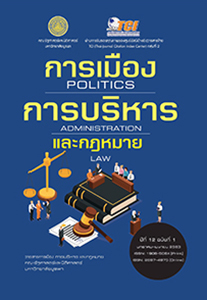Grand strategy of Russia
Keywords:
Hard-line school, Realist school, Russia’s grand strategy, Tactics and Instruments in Putin’s Grand Strategy, the end of Russia’s grand strategyAbstract
After the 1st part, namely “Grand Strategy: from Roman Empire to Cold War” published, this article is the 2nd part of grand strategy which focuses on Russia. The article illustrates 2 schools of thought influencing grand strategy of Russia. Hard-line school has an effect on offensive grand strategy of Russia and the establishment of Warsaw Pact later including nuclear weapon development; whereas, realist school drives Russia’s grand strategy to be defensive and the end of Warsaw Pact. During President Vladimir Putin time period, the grand strategy of Russia aims to be the modern multipolar world in order to be against United States and the Western alliance. Besides this, the grand strategy realizes Russian nationalism both inside and outside of the country and energy. As a result, the central Asia having Russian ethnic group and energy sources is an important area of Russia’s grand strategy. Regarding the weak point of confronting NATO members and being powerful, Russia drive the grand strategy with annexing some parts of former soviet union such as Crimea so as to increase the depth of grand strategy against the invader moving to Moscow. Tactics and Instruments in Putin’s Grand Strategy are part new and part old; for example, the active subversion of target governments, economic pressures, the modern media for propaganda, cyber-warfare and invasion to neighbors. The analyst’s point of view on the end of Russia’s grand strategy is opening up markets by accessing export markets for weapons systems and oil and gas; and removing economic sanctions imposed on Russia. This is the way of Putin’s grand strategy to solve the internal problem of Russia.






